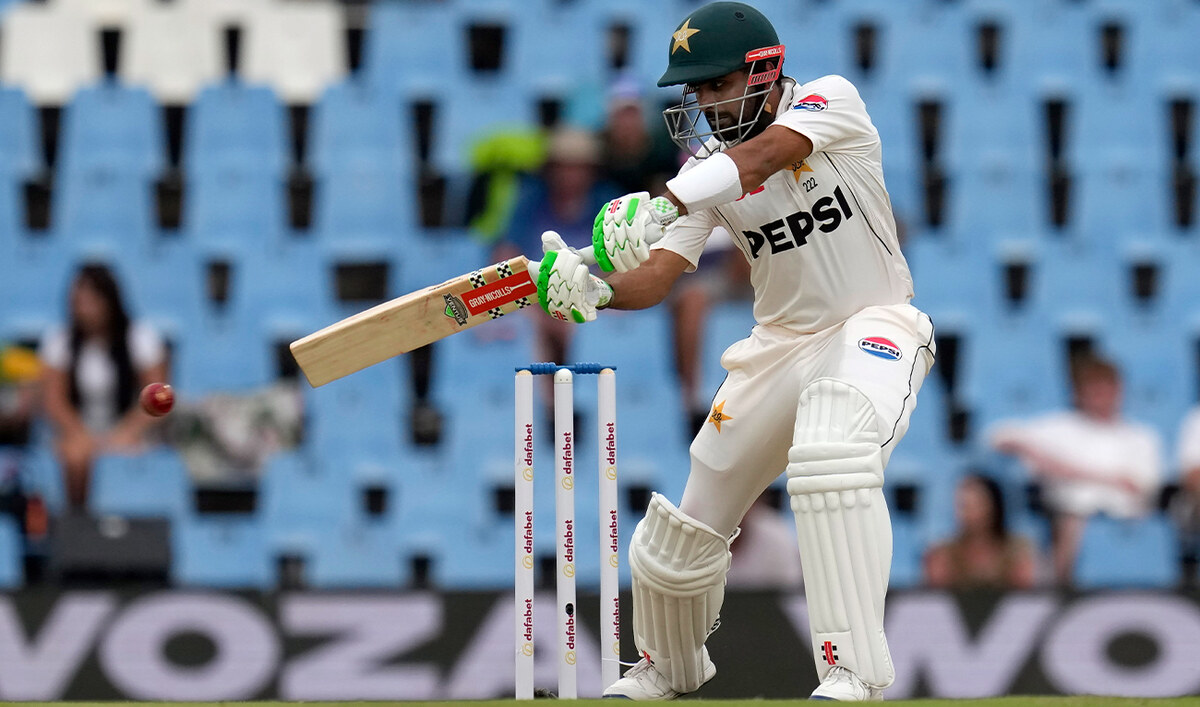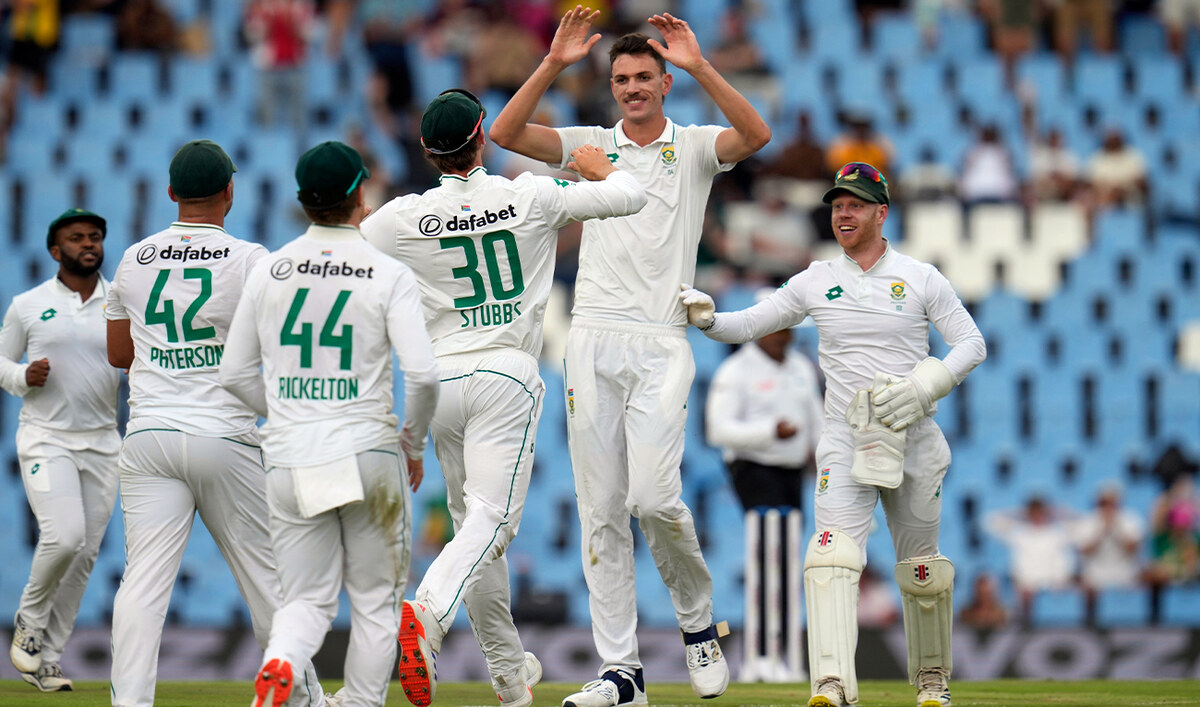In Saudi Arabian football at the moment it’s hard to think about anything other than the stunning signing of Cristiano Ronaldo by Saudi Pro League table-toppers Al-Nassr.
It’s not just the talk of Saudi football, it is the talk of world football.
Go back a month and it was another winger, Salem Al-Dawsari, who was the name on everyone’s lips after his wonder strike gave the Green Falcons a famous victory over eventual World Cup champions Argentina — La Albiceleste’s only loss since the 2019 Copa America.
It is a moment that will live long in the memory of every Saudi football fan.
Not since 1994 and the magical run of Saeed Al-Owairan has a Saudi Arabian player had such an impact on the global stage. That mazy run from Al-Owairan is still replayed almost 30 years on, and so seismic was Al-Dawsari’s strike that it too will be replayed for years and decades to come.
But the important question facing Saudi Arabia after the World Cup will be how to ensure it isn’t another 28 years before their next magical moment.
With so much positive energy around Saudi football, especially on the back of Ronaldo’s arrival in Riyadh, it’s imperative those in charge leverage this moment to build sustained success rather than the boom-bust cycles we’ve seen previously.
To do so Saudi football needs to face and overcome a number of challenges that stand in its way.
For as momentous as Ronaldo’s signing is, for Saudi Arabia to truly take the next step as a football nation and a football team, it’s players heading the other way that is most important.
At least for the foreseeable future, Europe remains the epicenter of world football. It is where the best players ply their trade and it’s where the rest of the world sends its players to develop further.
Saudi Arabia can no longer be an exception to that rule.
The talent of the players has never been in question, but unlike their North African neighbors, the willingness and desire of the players to leave their home comforts is what is holding them back.
Sami Al-Jaber was one of the rare ones who ventured west, while current striker Saleh Al-Shehri, who scored the equalizer against Argentina, also had a brief stint in Portugal in his late teens. Then of course there was the ill-fated deal to send players to La Liga ahead of the 2018 World Cup that never translated into anything substantial.
As good as the Saudi Pro League is within an Asian football context, there will always exist a ceiling the players will hit by remaining at home.
Privately, those involved in Saudi football concede this must happen, but making it happen is an entirely different challenge.
Talking to Arab News in 2021, Saudi Arabia’s coach Herve Renard conceded that he would like to see players in Europe, but acknowledged the difficulty of making it happen.
“The future can be bright in this country,” he said.
“In my opinion, we have to improve to be more professional. So think about the players themselves, to prepare themselves very well, maybe better than some are doing now. But the potential is there.
“I was very impressed by the quality of the players, and I’m sure with or without me this country will get very good results in the future.”
“I am sure 100 percent (that players are good enough). I think it would be a very good thing if they can do it, I would like one day to see Saudi players play for a very big team in Europe.
“(But) do you want to leave your country or do you want to stay in Saudi with your family around? This is a culture, maybe it will be difficult for the first time it happens. You need experience. You need to open your mind; it’s a completely different culture.
“It would be nice for them, but I have to respect their choice if they prefer to stay in Saudi.”
On the back of their World Cup success, despite not making the Round of 16, and with Ronaldo now playing in the country, there have never been more eyes on Saudi football which offers a fantastic platform for the players to showcase their wares.
The opportunity that exists for them over the next few years is enormous.
In 12 months they return to Qatar for the AFC Asian Cup, a tournament at which they will rightly be considered one of the favorites, to end a 28-year title drought.
Looking a further three years ahead, they will host the Asian Cup, remarkably for the first time ever. Renard has a contract through until that tournament and that stability will stand them in good stead.
As a number of this generation begin to age, it will be imperative that the next batch of talented Saudi players take their place. Perhaps it is some of this generation that look to take on the challenge of Europe?
Whether they do or not, Saudi Arabia’s impressive results at recent youth tournaments in Asia gives reason for optimism around the composition of the squad for 2027, when fringe and emerging players like Ayman Yahya, Ahmed Al-Ghamdi and Turki Al-Ammar — all MVPs at recent youth international tournaments — will all be approaching their prime.
With so many foundations in place, the future for Saudi football looks bright — almost as bright as a Cristiano Ronaldo smile.





























